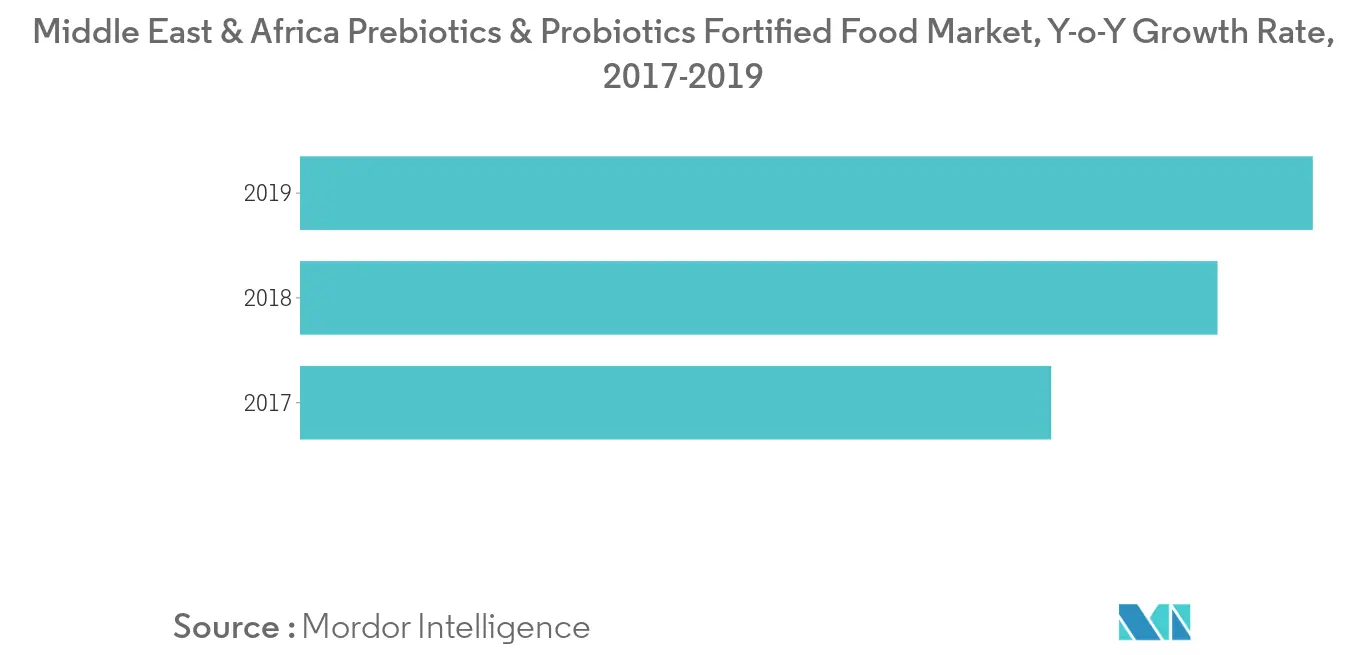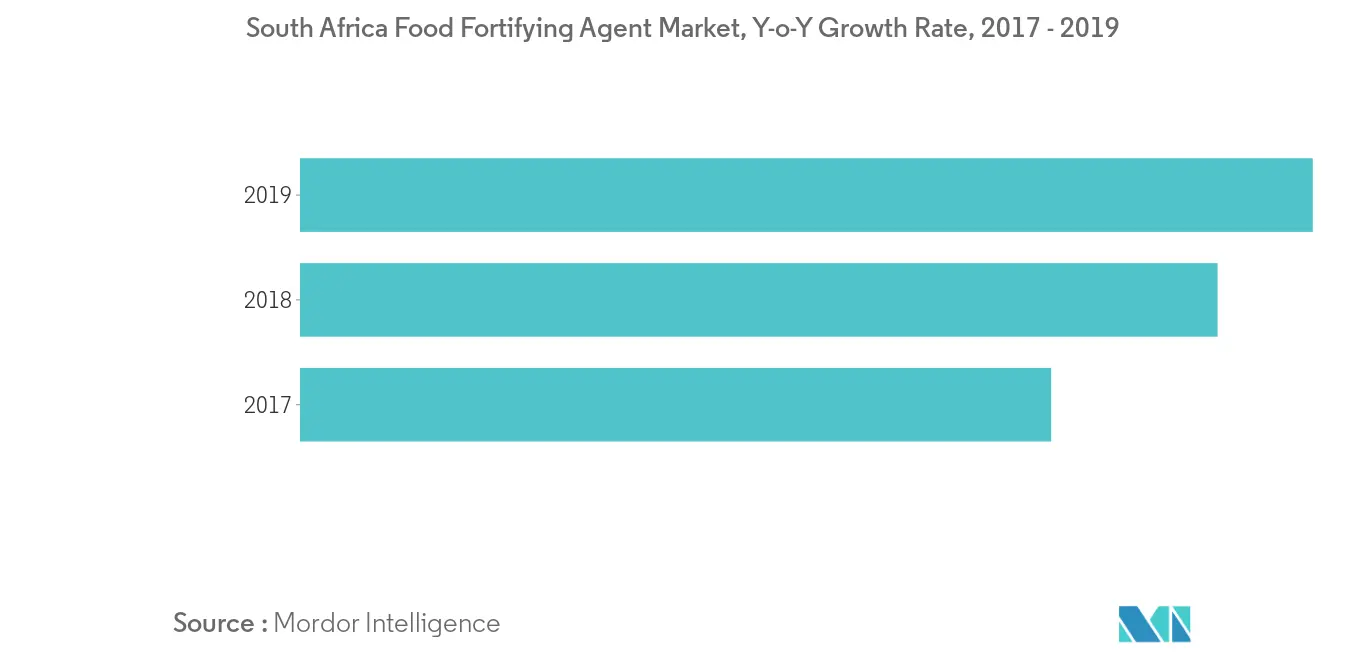Market Trends of Middle East & Africa Food Fortifying Agents Industry
This section covers the major market trends shaping the MEA Food Fortifying Agents Market according to our research experts:
Rising Demand for Prebiotics & Probiotics Fortified Food in the Region
The demand for prebiotics and probiotics fortified food market has witnessed significant growth, owing to the rising awareness regarding gut-related disorders related to digestion, intestinal tracts, etc., the connection between diet and health, and food fortification, that has been supported through nutritional education campaigns across the countries of the Middle East and Africa. In addition, several organizations, such as Yoba-for-Life, Heifer International, and Joma Kenyatta University of Agriculture and Technology are working on probiotic strains and product development.
Furthermore, owing to the growing demand, manufacturers operating in the market are focusing on developing products with enhanced functional benefits to achieving a competitive advantage in the market. For instance, in 2019, ProVen Probiotics launched its range of products in South Africa which include Acidophilus & Bifidus with A-Z Multivitamins for Children, with a combination of 100% of the recommended daily allowance, having zero artificial colors, flavors or preservatives.

South Africa to Dominate the Middle East & Africa Market
The Middle East and Africa have an emerging market of food fortifying agents, where South Africa continues to be the biggest market in the region, with a high share in sales and the long-standing presence of leading brands. Demand in the country is driven by high-income consumers, who buy vitamins and dietary supplements despite the economic conditions in the country.
However, government support in other countries of the region contributes significantly to the growth of the market for food fortifying agents. For instance, Zimbabwe launched the Zimbabwe National Food Fortification Strategy, in the year 2015, to serve as a guide at both policy and implementation levels to prevent micronutrient deficiencies such as vitamin, iron, and others. This targeted food vehicles such as sugar (for vitamin A fortification), cooking oil (for vitamin A and D fortification), maize meal, and wheat flour( for wheat flour and maize meal with vitamin A, B1, B2, B3, B6, B12, folic acid, iron, and zinc fortification), and salt (for iodine fortification).

